Imagine walking kilometers and kilometers, enjoying beautiful landscapes, and meeting people from all over the world. But did you know that the Camino de Santiago is also a route filled with history and culture? Let’s explore the most fascinating museums to see during the Camino de Santiago. Join us and add a special touch to your pilgrimage!
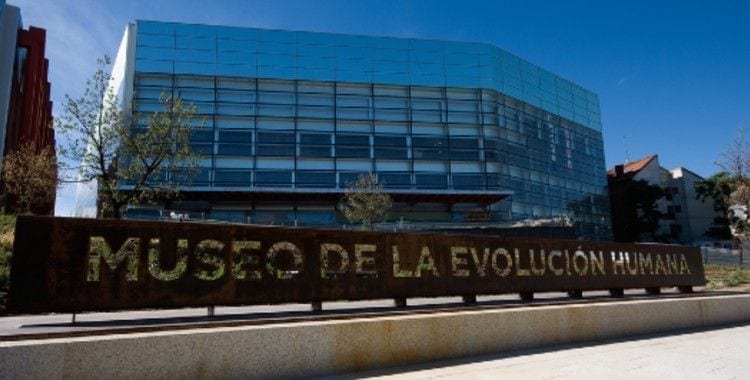
On the Camino de Santiago, you’ll find museums of all kinds
Notable Museums on the Camino de Santiago
In addition to the museums you can visit in Santiago de Compostela, if you’re walking a Jacobean route, you can visit these others.
The Museo de Navarra, located on the French Way, aims to bring the heritage and history of Navarra to everyone. It displays a collection ranging from prehistory to the 21st century. Additionally, it offers cultural programs in its temporary exhibition rooms, auditorium, and workshops. Recently, the museum has renewed its permanent exhibition to be more attractive and accessible. This project seeks new ways to connect with 21st-century visitors.
León Cathedral Museum
The León Cathedral Museum was inaugurated in 1981, resulting from the merger of the old cathedral museum and the diocesan museum. It houses works from prehistory to the 20th century in its seventeen rooms. Its entrance, through a walnut door made before 1513, hints at what you’re about to see. The Plateresque staircase by Juan de Badajoz el Mozo, located in the first room, is a Renaissance masterpiece. Here, you’ll find 14th-century calvaries, a Virgin with Child, a transitional crucified Christ, and several 16th-century paintings.
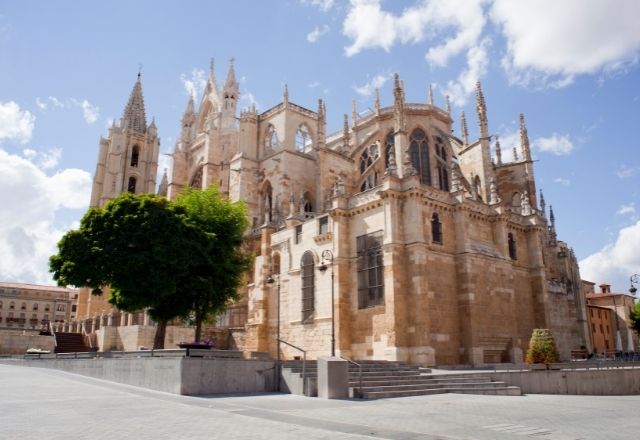
León Cathedral
Museo de Burgos
The Museo de Burgos was created to gather and preserve the art and culture of the province. It contains objects from prehistory to the present. The museum aims to spread knowledge of its collections and promote its activities. It’s divided into two sections: Archaeology and Fine Arts.
Since 1955, the Archaeology section is housed in the Casa de Miranda, while the Casa de Íñigo Angulo hosts the Fine Arts section. The Prehistory and Archaeology section is notable for fossils from Atapuerca and Roman pieces. Fine Arts exhibits works from the post-Visigothic era to Contemporary Art, including works by 19th and 20th-century artists from Burgos.
Museo Etnográfico de Castilla y León (Zamora)
The Museo Etnográfico de Castilla y León showcases the ethnographic heritage of the region. It is a center for anthropological research, documentation, and cultural conservation. Inaugurated at the end of 2002, it’s located in Zamora, on the Vía de la Plata.
This museum, which centralizes the study and dissemination of the ethnographic legacy, promotes reflection on community life and adaptation to the environment. It displays valuable ethnographic objects such as farming tools, popular ceramics, and traditional costumes.
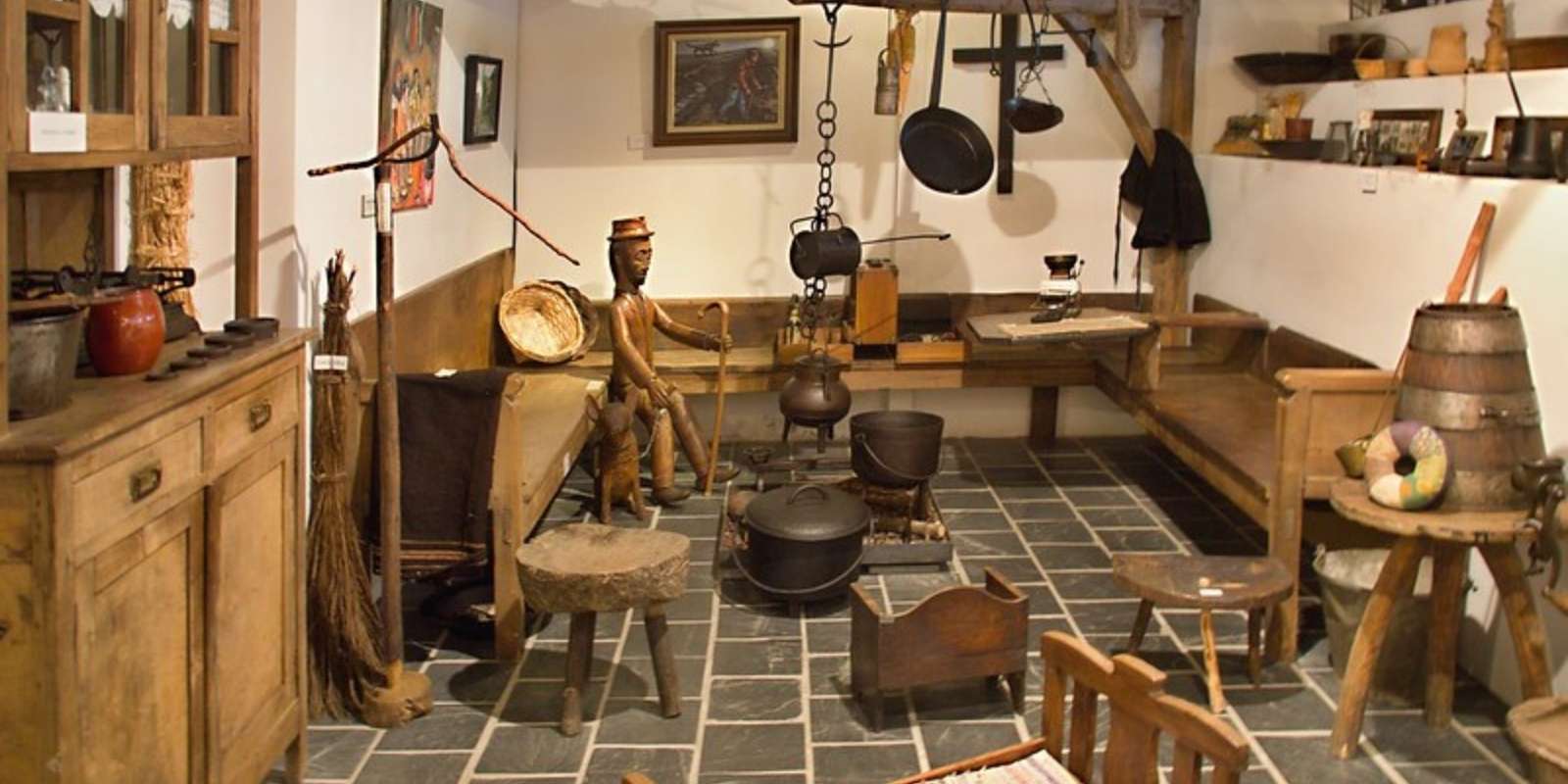
Ethnographic museums show how our ancestors lived
Lesser-known but Equally Interesting Museums
Many other museums along the Camino de Santiago offer more insights into heritage, history, and some surprising curiosities.
Museo de los Caminos (Astorga)
Inaugurated in 1963, the Sacred Art Museum is housed in the impressive Episcopal Palace of Gaudí. It contains pieces from the entire Diocese of Astorga, which, documented since the 3rd century AD, guarantees an excellent collection.
It exhibits objects and artworks from various periods and styles: Prehistory, Roman Archaeology, Romanesque and Gothic Art, the Camino de Santiago and the Vía de la Plata, and Religious Art. It also offers temporary exhibitions. The Museo de los Caminos allows visitors to enjoy the building itself, an example of Gaudí’s architecture.
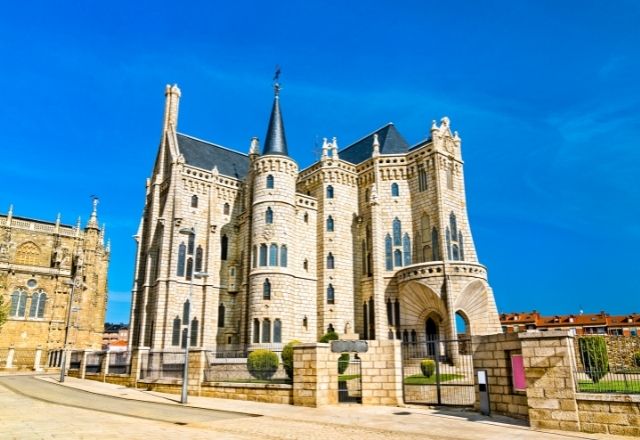
Palacio Episcopal in Astorga
Museo de las Alhajas (La Bañeza)
Inaugurated in 2011, the Museo de las Alhajas in La Bañeza is located in the Casa de Doña Josefina, a modernist building from the 20th century. This museum pays homage to folk art and the traditions of the Old Kingdom. It displays the best collection of traditional civil jewelry in Spain, with pieces by 16th-century jewelers and 19th-century embroiderers.
The museum has seven rooms, each dedicated to different types of jewelry throughout history. From children’s amulets to festive costumes and jewelry, the rooms showcase art and tradition at their finest.
Museo del Calamar Gigante (Luarca)
The Museo del Calamar Gigante in Luarca, on the Northern Way, has the world’s largest collection of giant squids, known as the mythical kraken. Opened in 2022, it allows an immersion into the seabed.
Discover the life and habitat of the largest cephalopods, their prey, and predators. The museum displays over ten specimens of different giant squid species. It offers tours for adults and children, with interactive games and the first recording of a live giant squid in its natural habitat. A sensory experience connects the visitor to the seabed through lights and sounds.
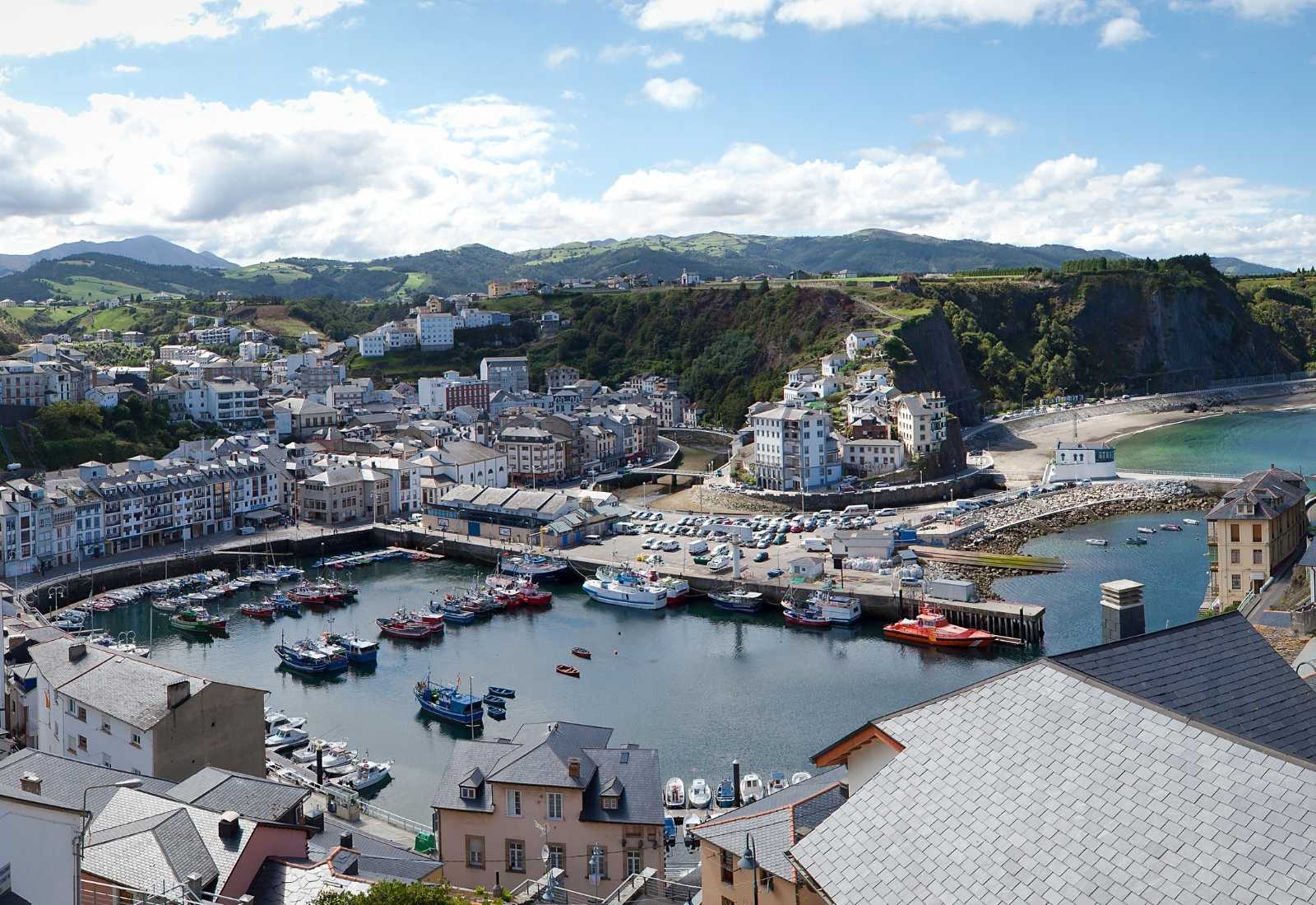
In Luarca, so tied to the sea, you can meet the kraken itself at the Giant Squid Museum
Museo del Bierzo (Ponferrada)
The Museo del Bierzo is the result of an idea developed over many years, realized in 1996. The museum’s collection, formed by pieces from various sources, offers a complete tour of the history of Ponferrada and El Bierzo.
From the Paleolithic to the 20th century, it includes objects of material culture, industrial archaeology, Roman occupation, Visigothic monastic life, and goldsmithing. One room is also dedicated to the Ponferrada castle.
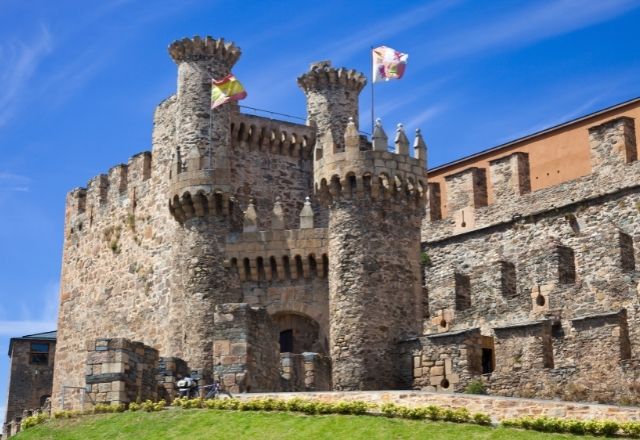
At the Museo del Bierzo, you can learn more about the Ponferrada castle, also visitable
In each of these museums, you’ll find a window into the past that will enrich your experience on the Camino de Santiago. It’s not just about walking and enjoying nature, but also discovering the cultural richness that this ancient route offers.
Each museum has its own history and peculiarities, making them must-visit stops for pilgrims. Whether you’re interested in archaeology, sacred art, or local traditions, there’s a museum on the Camino waiting for you. Remember, the Camino de Santiago, which is itself a museum, is not only a physical journey but also a journey through Spain’s history and culture. Buen Camino!
 Skip to content
Skip to content

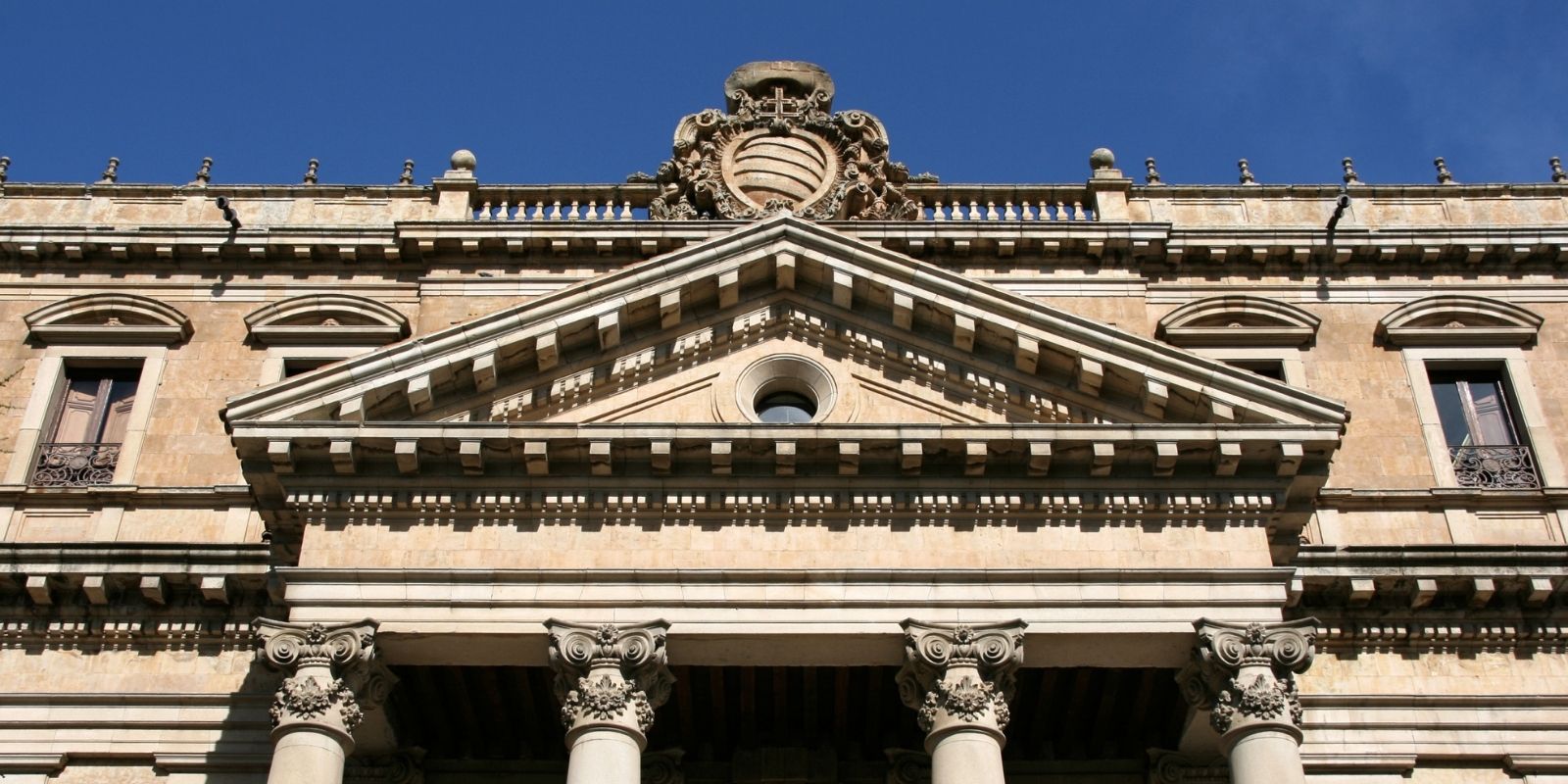










Leave A Comment